
Conduction System Pacing - A Paradigm Shift
Raja Selvaraj
Cardiac Electrophysiologist
Professor of Cardiology
JIPMER
Evolution of pacing therapy
Early pacemaker - Revolutionary, life-saving, bulky - 1950s
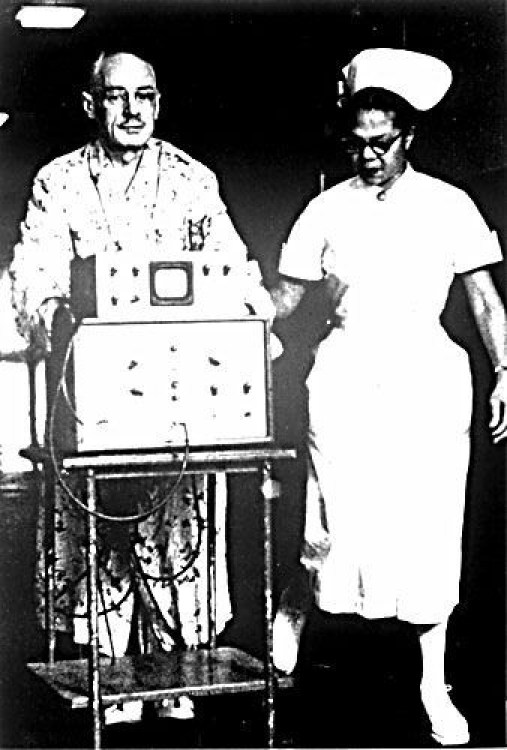
More physiologic pacing
- AV synchrony
- Dual chamber pacemaker - 1970s
- Ventricular synchrony
- Multi-site pacing
- Biventricular pacing - 1990s
Conduction system pacing
- A paradigm shift !
- Difficult to achieve synchrony with myocardial pacing
- Use the native conduction system to activate myocardium synchronously
Anatomy

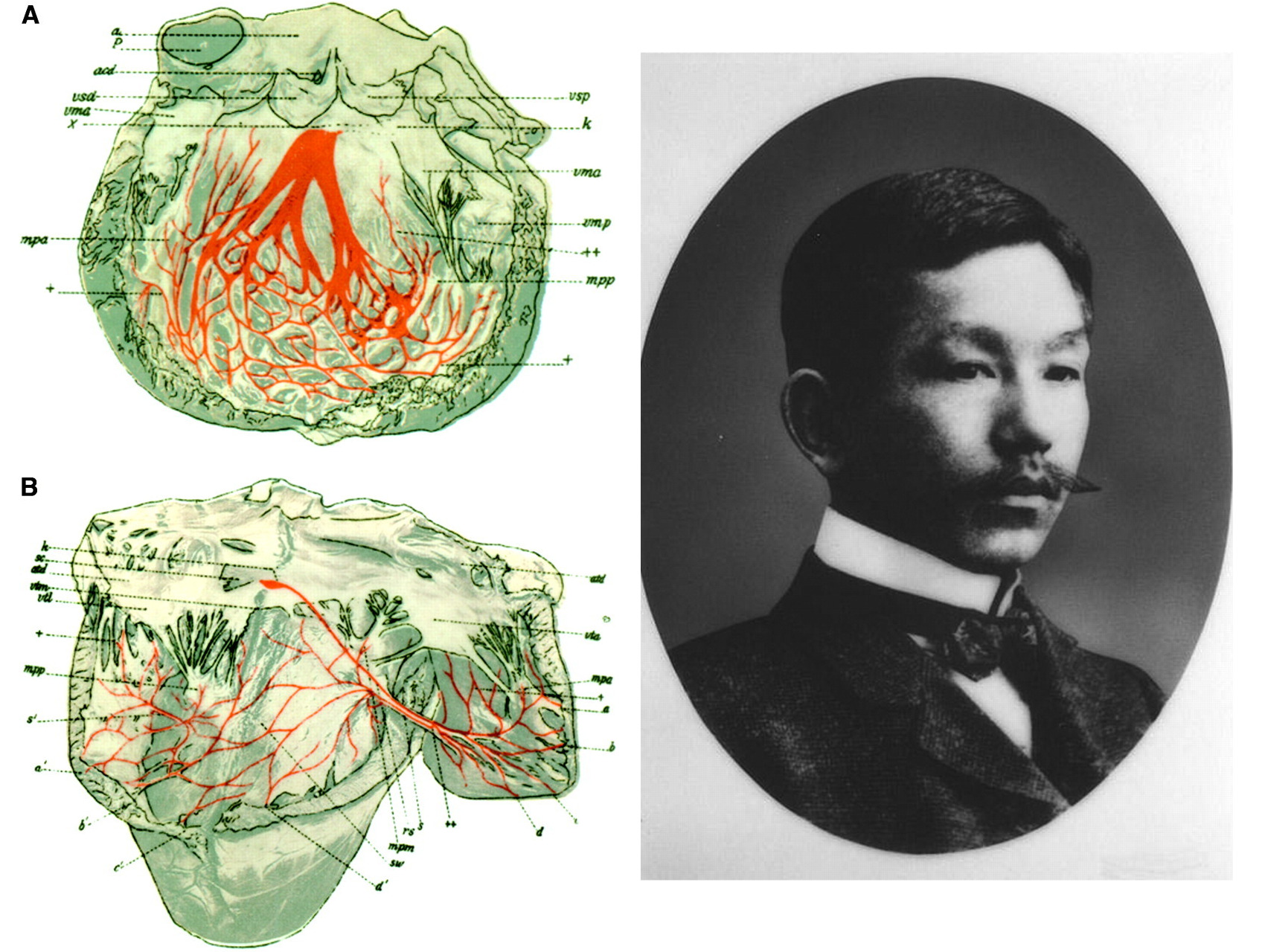
History and Evolution
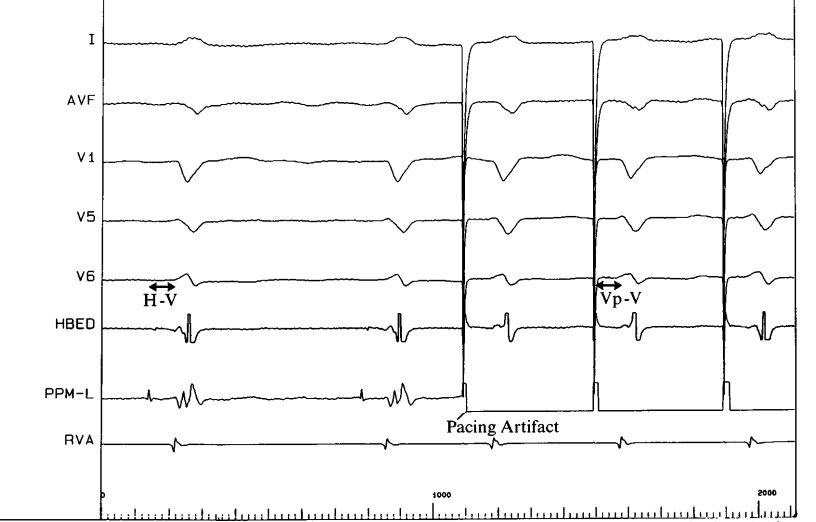
Deshmukh P, Casavant DA, Romanyshyn M, Anderson K. Permanent, direct His-bundle pacing: a novel approach to cardiac pacing in patients with normal His-Purkinje activation. Circulation. 2000 Feb 29;101(8):869-77.
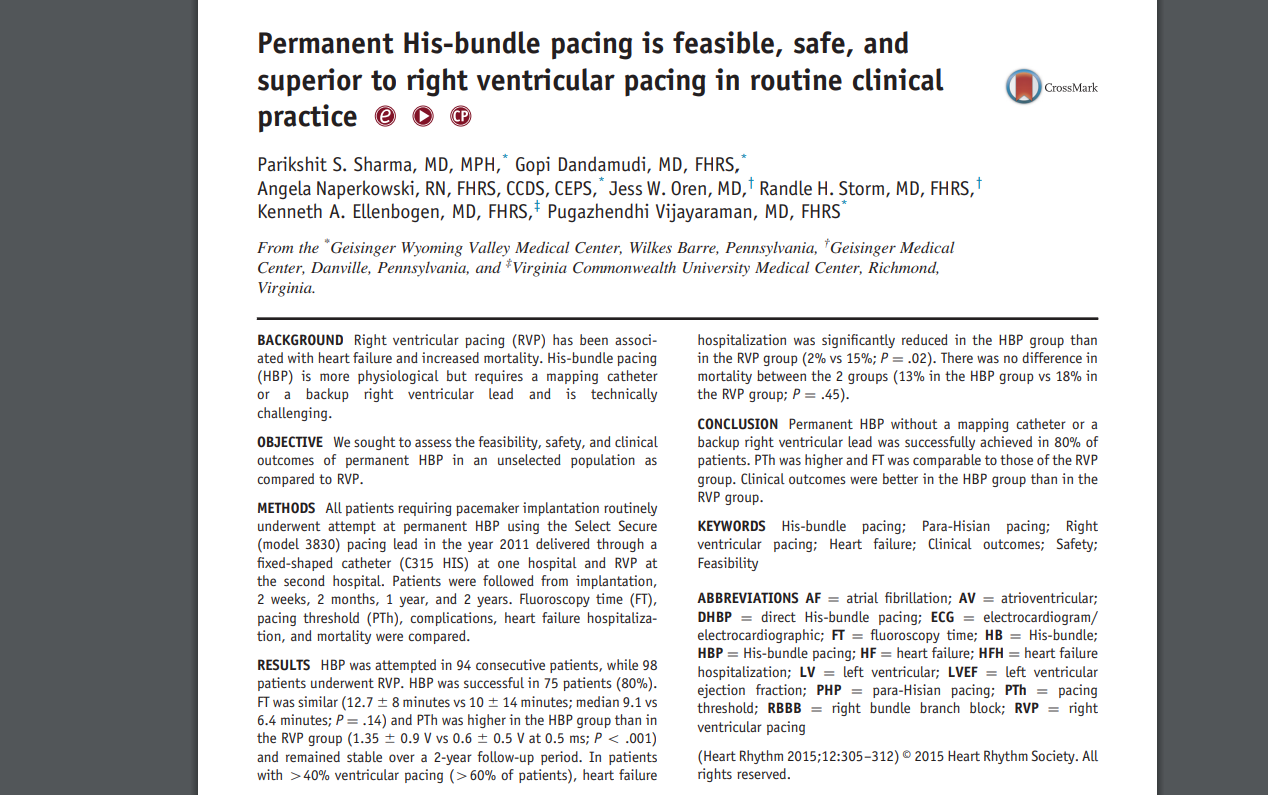
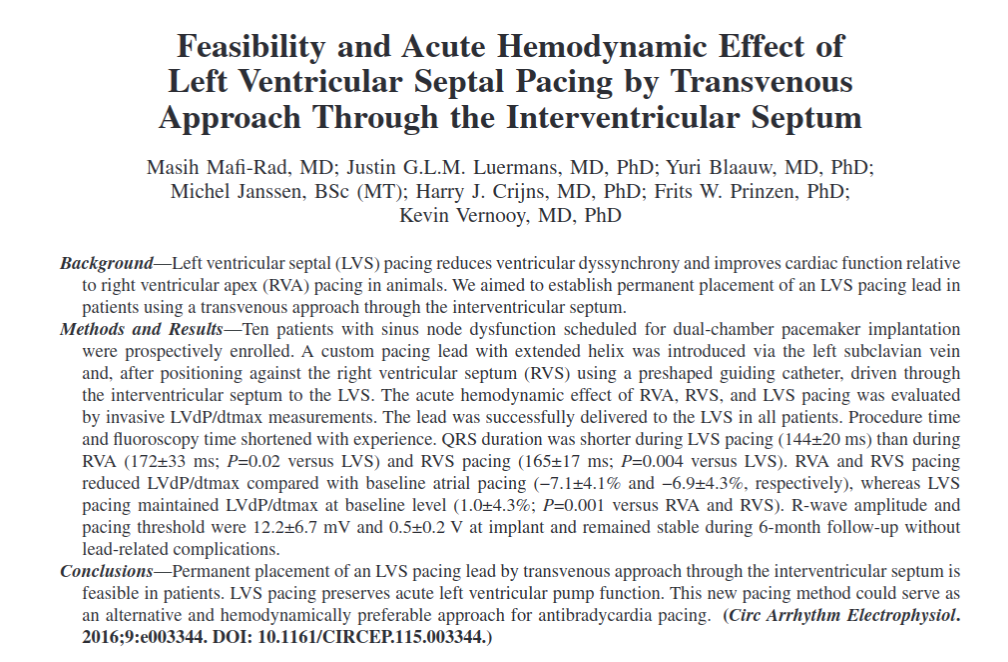
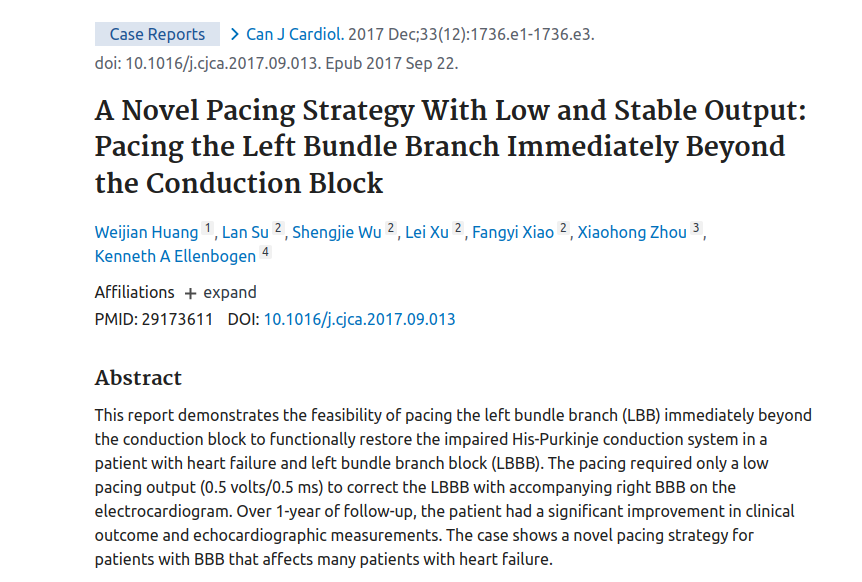
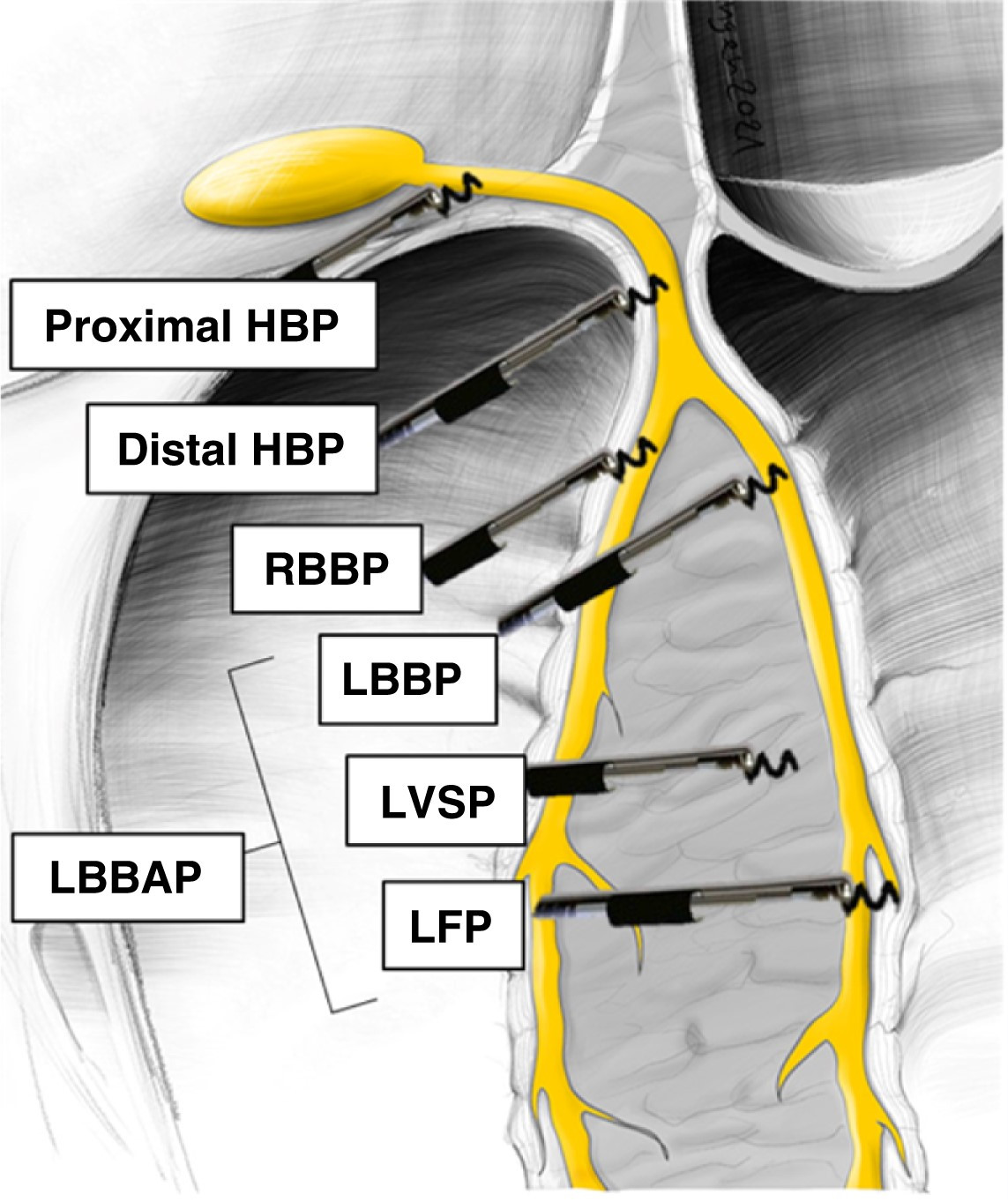
Lumenless lead

Stylet driven lead
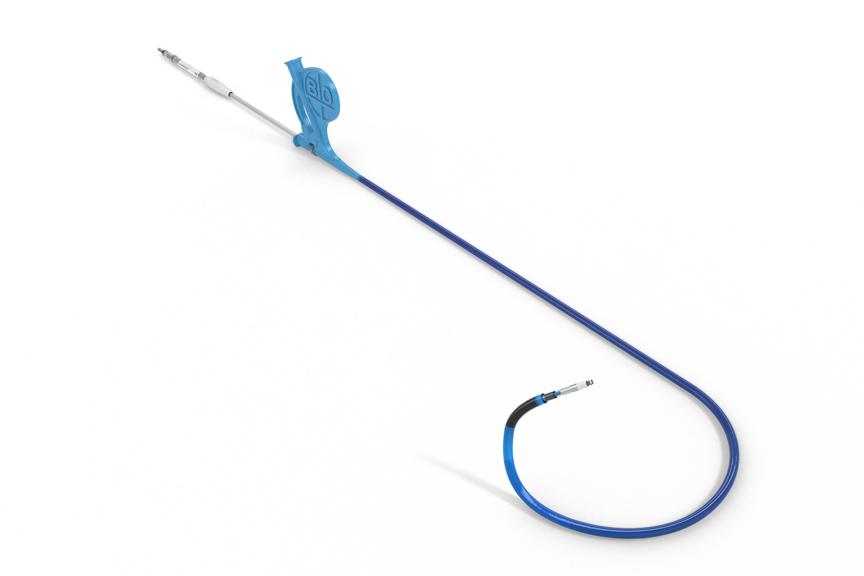
Questions
His bundle pacing or left bundle pacing ?
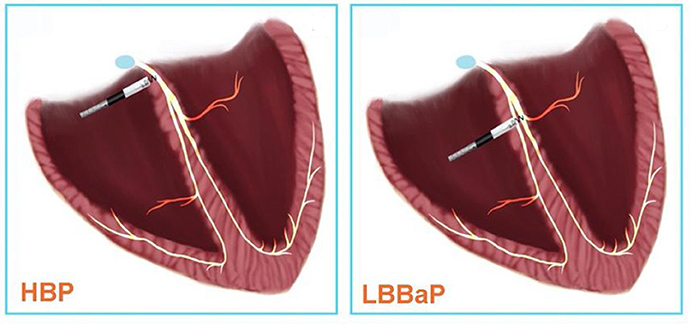
HBP - Intermediate term outcomes
- Pacing threshold > 2.5V at 1.0 ms - 28%
- Loss of HB capture - 9%
- Lead revision - 7.6%
- Median PG longevity - 5.8 years
Zanon F et al. Long term performance and safety of His bundle pacing: a multicenter experience. J Cardiovasc Electrophysiol. 2019; 30: 1594-1601
LBBAP - Intermediate term outcomes (1.5 yrs)
- Acute success - 97.8%
- Threshold - 0.7 mV at 0.4 ms
- Increase in threshold with loss of capture - 1%
- Dislodgement - 0.3 %
- Perforation - 0.3 %
- Long term complications - ?
Lan Su et al. Long-Term Safety and Feasibility of Left Bundle Branch Pacing in a Large Single-Center Study. Circulation: Arrhythmia and Electrophysiology. 2021;14:e009261. https://doi.org/10.1161/CIRCEP.120.009261
Long term problems ?
- Coronary injury
- Stress at junction
- Extraction ?
Applications
Primary areas of application
- Cardiac resynchronization - Alternative to BiV pacing
- Cardiac resynchronization - Adjunct to BiV pacing
- Bradycardia - high risk of PICM
- Bradycardia, low to no risk of PICM
Cardiac resynchronization - Alternative to BiV CRT
- HBP equivalent to biventricular pacing (1, 2)
- Conduction system pacing may be superior (3, 4)
- Lustgarten DL et al. His-bundle pacing versus biventricular pacing in cardiac resynchronization therapy patients: A crossover design comparison. Heart Rhythm. 2015 Jul;12(7):1548-57. doi: 10.1016/j.hrthm.2015.03.048.
- Upadhyay GA et al. His corrective pacing or biventricular pacing for cardiac resynchronization in heart failure. J Am Coll Cardiol 2019;74:157–9.
- Wang Y et al. His-Purkinje system pacing versus biventricular pacing in clinical efficacy: a systematic review and meta-analysis. BMC Cardiovasc Disord. 2023 Jun 3;23(1):285.
- Wang Y et al; LBBP-RESYNC Investigators. Randomized Trial of Left Bundle Branch vs Biventricular Pacing for Cardiac Resynchronization Therapy. J Am Coll Cardiol. 2022 Sep 27;80(13):1205-1216.
Cardiac resynchronization - Adjunct to BiV CRT
- HOT-CRT superior to BiV CRT or His-CRT when His-CRT suboptimal (1)
- LOT-CRT could be an alternative to BiV-CRT (2)
- LOT-CRT provides better resynchronization when LBBP-CRT suboptimal (3)
- Vijayaraman et al. His-optimized cardiac resynchronization therapy to maximize electrical resynchronization. Circ Arrhythm Electrophysiol. 2019;12:e006934
- Jastrzębski M et al. Left bundle branch-optimized cardiac resynchronization therapy (LOT-CRT): Results from an international LBBAP collaborative study group. Heart Rhythm. 2022 Jan;19(1):13-21.
- Chinmay Parale… Raja Selvaraj. Comparison of Electrocardiographic parameters between LOT-CRT and LBBP-CRT. PACE 2023;46(8):840-847.
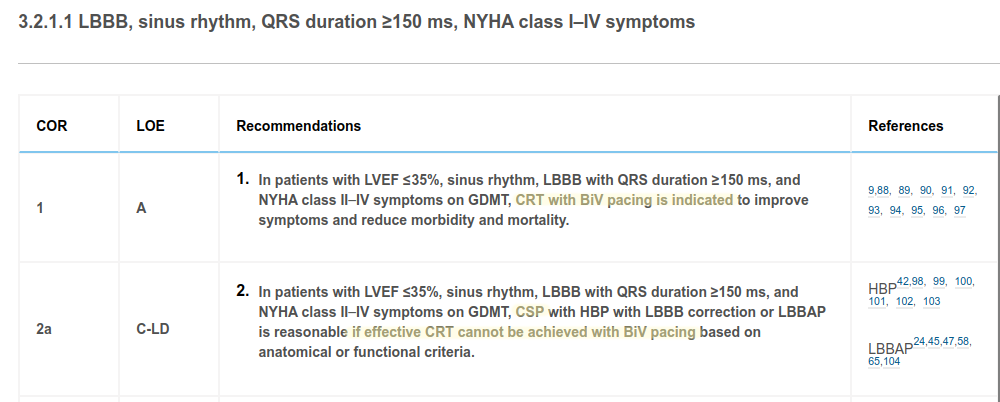
2023 HRS/APHRS/LAHRS guideline on cardiac physiologic pacing for the avoidance and mitigation of heart failure. Heart Rhythm 2023. 20(9);E17-E91
Bradycardia pacing - Risk of PICM
- LVEF < 50%
- Pacing requirement > 40%
Bradycardia pacing - Low risk of PICM ?
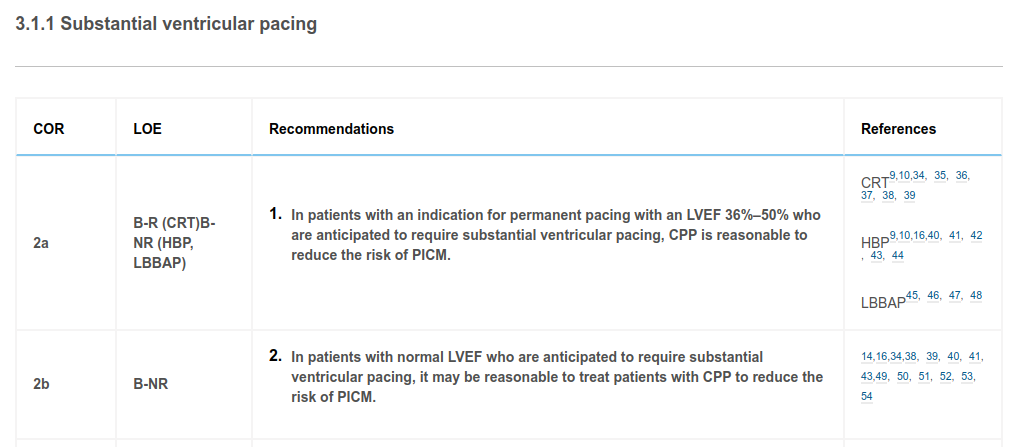
2023 HRS/APHRS/LAHRS guideline on cardiac physiologic pacing for the avoidance and mitigation of heart failure. Heart Rhythm 2023. 20(9);E17-E91
Procedure
Patient selection
- Indication
- HF with wide QRS
- High risk of PICMP
- Bradycardia pacing
- Mode of CSP
- His bundle pacing
- LBBA pacing
- Etiology
- CAD
- Sarcoidosis
- Echo - basal septal thickness
Anatomy
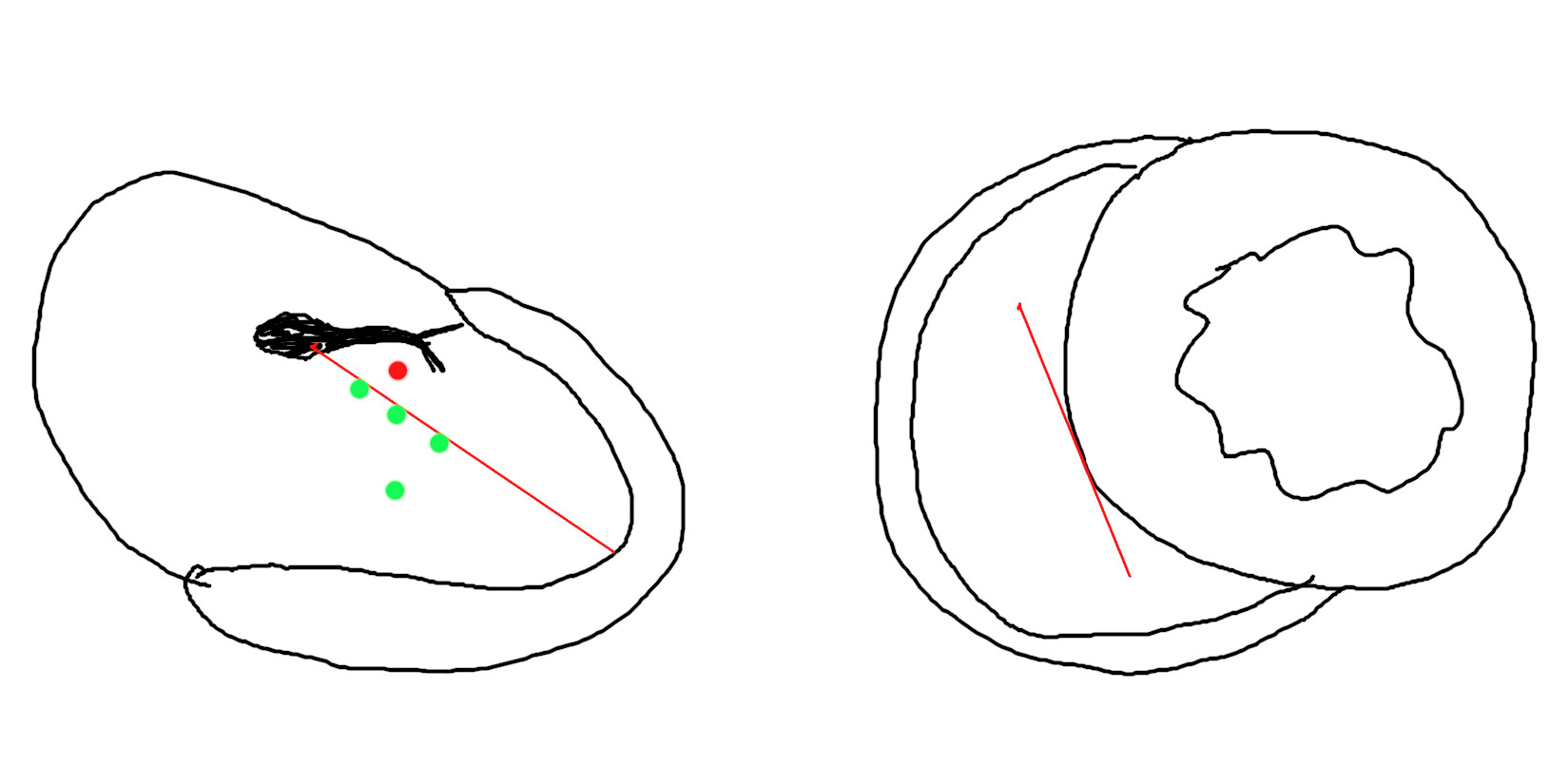
Back up pacing
- Needed in patients with LBBB
- Atrial lead usually used
ECG / EP system
- 12-lead ECG monitoring preferred
- Monitoring EGM from lead tip when possible
Sheath shape and handling
- Primary and secondary curve
- Clockwise to cross TV and advance
- Counterclockwise for septal contact
- Sheath and lead handled as a unit
Sheath
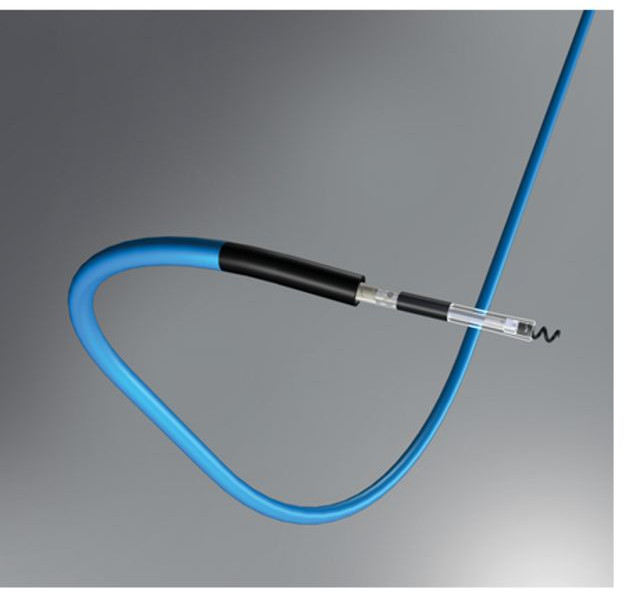
Sequence
- RAO - target site
- Line from HB to apex, 1-1.5 cm
- Pacemap
- Screw in LAO view monitoring depth and angle
- Sheath held in place
- Intermittently check parameters
His recording from pacing lead
His capture
LBBB correction at high output
Deployment
Electrical parameters
- Paced morphology
- Impedance
- Threshold
- Low and high output pacing
- LVAT
Assessing LB capture
- RBBB morphology with unipolar pacing
- LB potential
- LVAT
- V6 to V1 interval
Perforation
- Fall in impedance
- Loss of capture
- Remove and reposition
Determine depth
- Hinge sign
- Septogram
- Anodal capture
Septogram
Slitting
- Sheath slit as usual for CRT
Final ECG - Unipolar
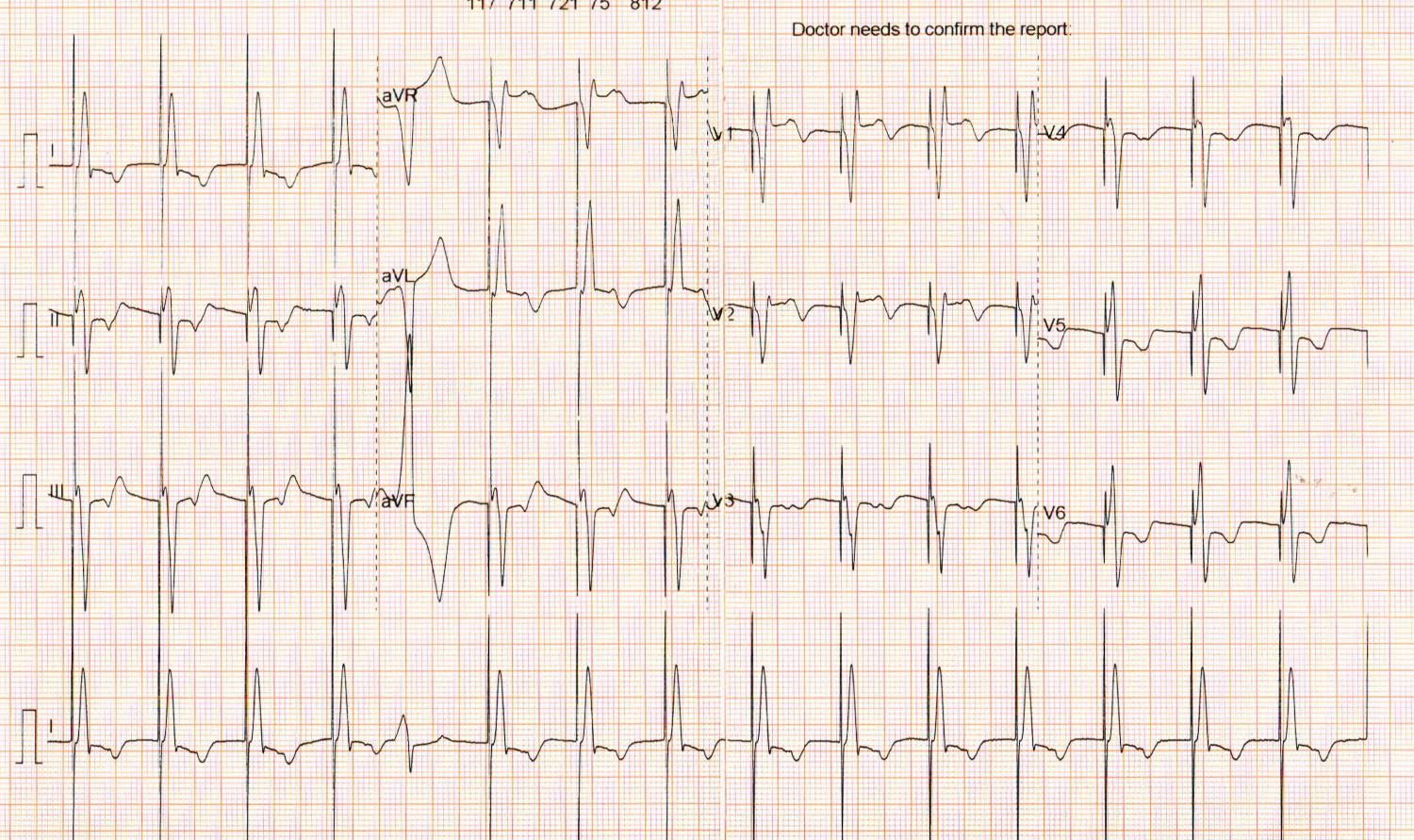
Final ECG - Bipolar
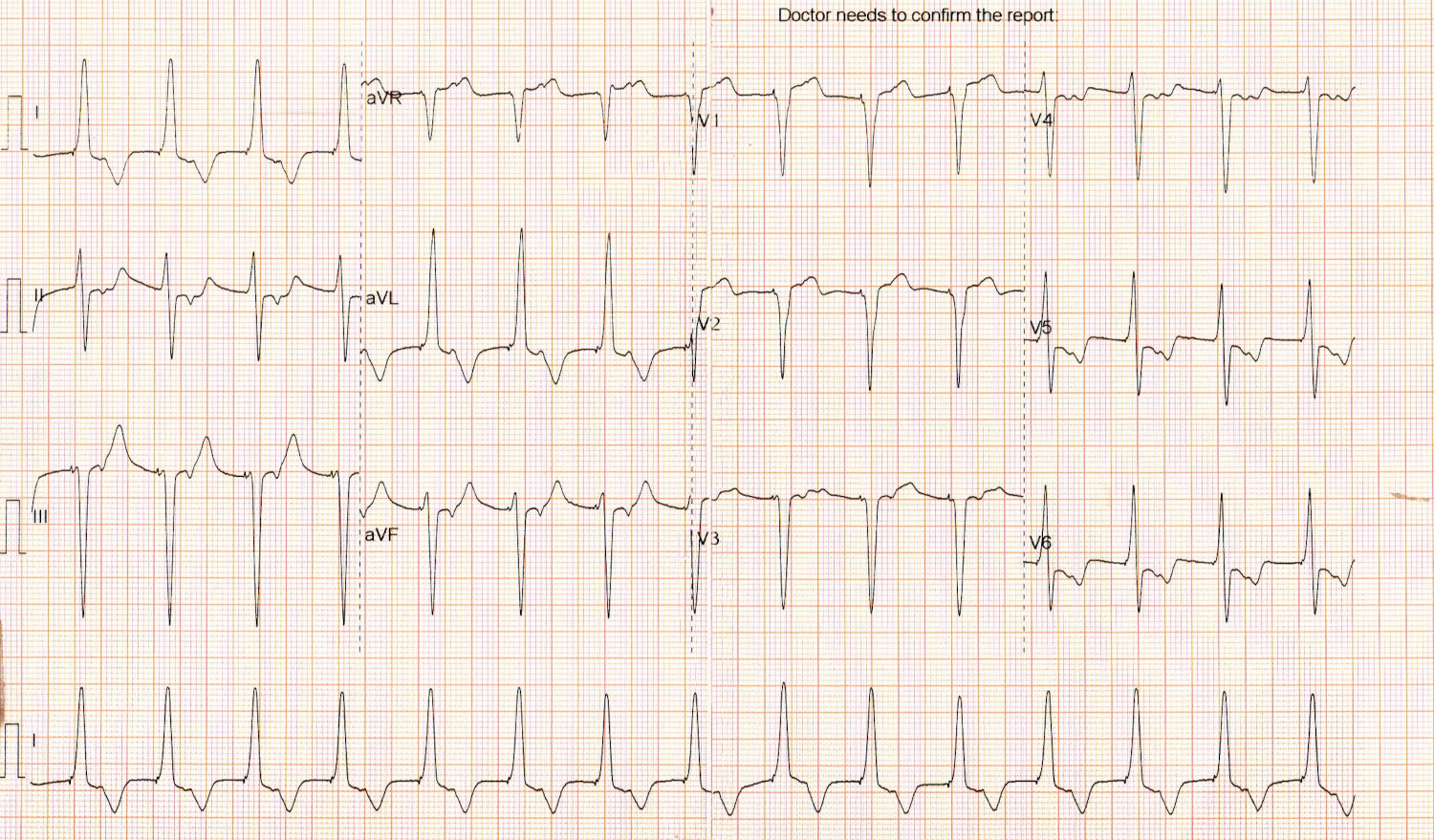
Future
Better understanding
- LV septal pacing versus LBB pacing
- Best approach in RBBB / IVCD
- Long term outcomes - stability, extractability
Hardware improvements
- Stylet driven versus lumen-less
- Specially designed leads
- Sheaths - Effective and economical
Combine with other devices
- Leadless pacemaker
- ICD
Summary
- Conduction system pacing is a revolutionary shift in pacing therapy
- Conduction system pacing is here to stay and to dominate pacing therapy
- Clearly non-inferior, possibly superior to traditional BiV pacing for CRT
- May be preferred in patients at risk of PICM
- Unclear if it will replace traditional pacing for all bradycardia indications